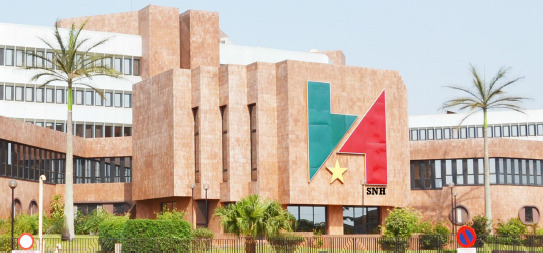Cameroon Launches Exploration Opportunities in two Producing Basins
By Ndubuisi Micheal Obineme
Within its mandate to promote and valorise hydrocarbon resources in the mining property of the Republic of Cameroon, the National Hydrocarbons Corporation (SNH) has launched the promotion of nine blocks in the
hydrocarbons rich Rio del Rey Basin (RDR) and in the highly prospective Douala/Kribi-Campo (DKC) Basin.
These blocks are Ndian River, Bolongo Exploration and Bakassi (in RDR), Etinde Exploration, Ntem, Elombo, Tilapia, Bomono and Kombe-N’sepe (in DKC).
Douala/Kribi-Campo Basin
The Douala/Kribi-Campo Basin, covering a total area of 19000 km², is the northernmost basin of the South Atlantic rift. It lies between the prolific petroleum producing Niger Delta to the North and the Rio Muni Basin to the South.
Source rocks have been identified from several stratigraphic levels including the:
• Aptian/Albian
• Upper Cretaceous
• Oligocene/Miocene (Souellaba)
• Potential Paleocene/Eocene (N’kapa)
All the oil properties indicate that oils originate from terrigenous dominated source rocks deposited in a marine environment.
Abundant oil seeps exist at the basin margins. Hydrocarbon bearing reservoirs have been encountered at nearly every stratigraphic level from the Miocene (Souellaba) down to the Albian/Aptian (Upper and Lower Mundeck) and across a variety of depositional systems from continental to deepwater fans.
Rio del Rey Basin
The Rio Del Rey (RDR) Basin is a divergent margin basin formed as a result of the Aptian to Albian opening of the South Atlantic Ocean.
The basin sedimentary fill corresponds to the easternmost edge of the prolific Tertiary Niger Delta complex. It is separated geographically from the Douala/Kribi-Campo Basin by the Tertiary Cameroon Volcanic Line.
The basin has four structural provinces, defined on the basis of deformation types:
• The Growth Fault Province in the North: differential loading of deltaic and continental sediments on underlying
prodelta marine shale generated E – W trending synsedimentary faults.
• The Shale Ridge Province in the Southwest: the overburden of deltaic and continental sediments triggered squeeze
flow of underlying mobile shales of the Akata Formation forming diapirs (shale domes, mud volcanoes, shale ridges).
• The Delta Toe-Thrust Belt in the South central area: zone of compressional/ transpressional thrust structures.
• The Eastern Province in the Southeast: slightly deformed foreland area juxtaposing the Cameroon Volcanic Line.
The general stratigraphy (see stratigraphic summary chart) is equivalent to that of the Niger Delta and is made up of three main diachronous formations in the basin, as described in the table below. Only one well penetrates the Cretaceous section, made up of sand and shales with source rock potential.
SNH is a public industrial and commercial company with financial autonomy, created in 1980. It has the mission to promote and valorize the national mining domain and manage State interests in the hydrocarbons sector.
To accomplish these missions, SNH is notably empowered to:
• conduct studies related to hydrocarbons;
• collect and store related information;
• conduct negotiations of oil and gas contracts, and much more…


